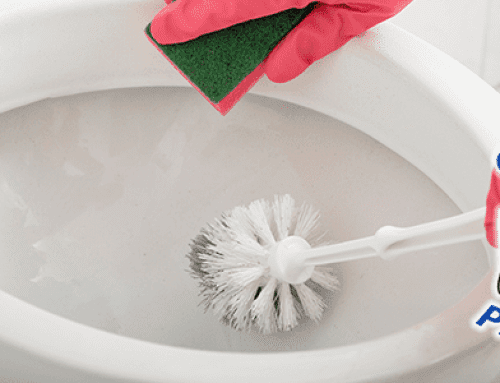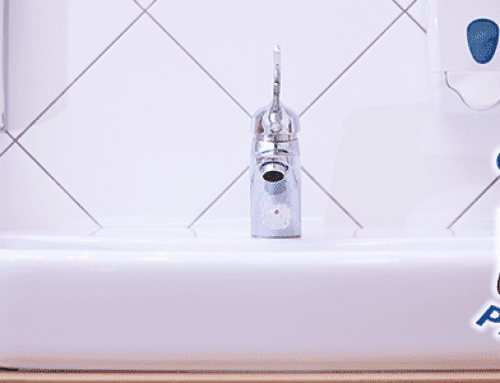Basic Water Heater Troubleshooting
Nobody likes letting the tub fill up, getting ready for that warm, relaxing soak… Only to discover a bathtub full of ice-cold or tepid water. It’s a pretty common issue if you’re in a house full of people, but it shouldn’t happen if you’re not so crowded. If your hot water seems to be bashful to show up, it’s time to inspect your electric water heater.
Just as not every water heater is the same, not every water heater problem is the same. Sometimes the color or taste can go off, and sometimes the pressure doesn’t behave as it should; sometimes, it’s even smelly. Luckily Conyers Plumbing is here to walk you through some first steps to fixing your problem.
Safety First!
Because you’ll be working around electricity, it’s important to avoid shocks. Be sure to turn off the power to your water heater and even the room it’s in. You can do this at the circuit breaker. If you’re unsure which switch to flip, you’ll probably want to find out rather than randomly flipping breakers. You can often refer to the home’s blueprints or call an electrician. If you decide to narrow it down, having a light in the room plugged into the same outlet will help.
Common Problems in Water Heater Troubleshooting
Water Temperature
If your water is running colder than it should, the unfortunate truth is there are a lot of problems that may be present. No hot water at all could mean there’s a lack of power to the heater or a thermostat issue. Reset the breakers, replace the fuses, and see if the unit receives power. Test the thermostat and heating element, and replace any broken parts. If the water isn’t hot enough, you might not have a large enough tank. It should have 75% of its capacity as hot water. If the water is too hot, turn down both the upper and lower thermostats. It would be best to run your thermostat between 110 and 140 degrees Fahrenheit.
You should also check to ensure the wires in the access panels are securely fastened and that there’s no copper showing.
Leaks
A leak is a serious issue. There are many possible causes for leaks. One of the most important things you can do is shut off water to the heater to keep it from filling and spilling more water. Next, check the Temperature and Pressure relief valve by placing a bucket under the pipe and emptying the pipe of any debris. If it still leaks, it will need to be replaced. If the tank itself is leaking, it likely needs a new o-ring. Keep a few of these rubber rings on hand if you have to replace them. Before replacing any of the water heater’s parts, it should be cooled and emptied to avoid burns.
Bad Smells or Color
Rusty water can be caused by pipes or corrosion inside the tank. If you have a sacrificial anode rod in the tank, replace it with a magnesium anode rod. Sacrificial anode rods can lead to a nasty rotten egg smell, so be sure to replace them. It would help if you flushed the water heater first, then mixed 2 pints of 3% hydrogen peroxide into 40 gallons of water. Soak the tank with this solution for at least two hours. You might have to replace the heater if the smell or taste persists, though.
Noisy Water Heater
A rumbling water heater is a sign of boiling water. Metal particles and other sediments can build up, which requires your heater to be flushed. If there are scales in your heater tank or elements, clean those off.
For Everything Else
Document your heater settings and the behavior you notice. Water heater troubleshooting can be demanding and hard to figure out for the homeowner. If you can’t troubleshoot your water heater problems at home, it’s time to call in a plumber. The documentation is important because knowing things like how long your faucets can run with hot water before going cold can solve plenty of problems on its own. From there, you can call an expert like Conyers Plumbing for assistance.




